Dissecting My Skill Development In Beauty Photography & Retouching
“Art is not what you see, but what you make others see.”
– Edgar Degas, French Impressionist artist (1834-1917)
As I am studying new creative disciplines, I often look back at the lessons I learned during the past decade in the beauty industry. One of the most impactful elements of my growth was developing visual taste in Beauty Photography and Retouching through mental representations.
Dissecting my past experiences and gaining new understanding (through great books on the topic) of how we, humans, learn is helping me to craft better strategies and map out a framework for acquiring new skills faster.
I hope you will find a few useful nuggets here!
Beyond Technique: Cultivating Visual Taste & Mental Representations
In photography and especially in beauty retouching, similar to most artistic disciplines, there are always dozens of ways to get from point A to point B.
But even with dedicated practice, you can’t expect to achieve brilliance simply by learning the basic rules, tools and techniques.
It’s obvious that it is rather unrealistic to expect to play Chopin’s 2nd Sonata like the maestro himself with mere musical literacy 🤷♀️
So what is it that makes some artists create greater visual artwork in any chosen field and learn to do that faster than others?
Through the years, I discovered that true progress hinges less on tools and techniques, and more on developing one’s visual taste, aesthetic judgment, and a discerning eye.
I saw this through progress leaps in my own artistic journey and those of my students, and now I found a scientific term and explanation for it, and I am excited to share it with you.
In their book Peak: Secrets from the New Science of Expertise, psychologist Anders Ericsson and science writer Robert Pool describe mental representations as internal models or structures that hold information about a specific object, idea, or skill.
View this post on Instagram
These representations aren’t static pictures but rather dynamic structures that evolve with practice and experience.
Imagine a chess grandmaster visualizing the board and possible moves. Their mental representation isn’t just seeing the squares and pieces, but also patterns, strategies, and potential outcomes based on their knowledge and experience.
To give you an example that you can most likely relate to…
When I first got interested in beauty photography and retouching, I started collecting images of other artists as references. Obviously, I would only collect “perfect” photographs that I thought were great examples of composition, color grading, retouching, posing, and so on for me to strive towards.
I would analyze colors, skin textures, lighting, posting, and styling in them – those were my mental representations of where I wanted to take my skills.

Check out our new Beauty Retouch Mini panel, my loyal tool for smart and fast retouching. Use coupon code JKM20RALab for 20% off all our panels. Fast forward to the midpoint of my own journey in beauty photography and retouching, I stumble upon an old folder called “Beauty Inspo” on my computer, and “OMG… How could I think those images were even good…” 😬
This change in my visual taste happened because every photoshoot, every resulting image scrutinized, refined my understanding and preference of all of those elements in beauty photography.
Back then I called it developing one’s visual taste, but it is just another name for the process of evolving mental representations within the art of beauty photography and retouching.
Think of it as an internal compass, guiding your aesthetic choices.
Here are some key characteristics of mental representations according to Peak:
- Multi-faceted: They incorporate various aspects of a skill. It’s not just about technical expertise. Our mental representations combine technical knowledge, aesthetic judgment, and even emotional cues.
📌 In our field, it is our internal preferences for color harmony, lighting and composition, beautiful skin texture detail, an understanding of flattering vs. unflattering posing and expressions, levels of makeup artistry, and so on;
- Detailed: As expertise grows, these representations become richer and more detailed, allowing for deeper analysis and fine-tuning.
📌 Each new photoshoot and critical reviewing of the resulting images, as well as observing the work of other experienced and talented photographers in the industry, allowed me to dial in and upgrade my mental representations, making them more nuanced again and again;
- Flexible: Experts can adapt their mental representations to different situations and challenges, unlike beginners who rely on rigid, context-specific models.
📌 To me, the ultimate implication of this is that it allows you to quickly pivot and come up with problem-solving ideas on the spot. For example, a model shows up for a close-up beauty shoot with slightly dry skin on her face. Your experience tells you that even with labor-intensive retouching, the results won’t be up to your standards (i.e. your mental representation of how healthy well-prepped skin should look in beauty imagery). Through a quick conversation with your Makeup Artist, together you decide to slightly delay the beginning of the shoot so that the MUA can spend a little extra time on gently exfoliating and hydrating the model’s skin to improve its appearance for the camera.
In other words, you were presented with certain circumstances, and your inner vision (i.e. your mental representation) alerted you that they wouldn’t lead to the desired quality of images as a result of this shoot, so you paused and came up with a solution to improve them.
- Action-oriented: Mental representations guide thought and action, allowing experts to perform skillfully and efficiently.
📌 The previous example extends to this point too: your improved mental representation of the appearance of healthy well-hydrated skin in beauty photography empowered you to influence circumstances, take action, and end up with a better result.
Additionally, every problem you solve adds new details to your internal mental representations, further improving your expertise and expanding your creative toolkit.
Eventually you realize that those initial “inspo” images were just springboards for your mental representations’ development.
View this post on Instagram
Once you gain a good understanding of how to use your camera, lighting, basic retouching tools and learn some advanced retouching techniques, continue practicing and testing new approaches to refine your workflow.
I really like how the authors of Peak compare the process of developing and perfecting your mental representations to building a ladder as you climb it.
I will also drop a breadcrumb here and say that it’s not just any practice that propels you toward creative mastery, it is deliberate practice – we’ll dive deeper into this important concept next time 🤫
Key Takeaways
I am convinced, that the true magic lies not in the tools and techniques you use, but in cultivating your inner eye, refining your mental representations through practice, analysis of the successful artwork in the field, and allowing them to guide your creative evolution.
Each experience and each challenge becomes a brushstroke on your internal artistic roadmap, leading you closer to your UNIQUE vision of beauty and artistic expression.
Learn the basics, practice a lot, keep what works, and ditch what doesn’t – the journey never ends, and neither does your ability to refine your artistic compass.
Till next time!
PS. Check out my Avoid These 5 Common Retouching Mistakes blog post if you haven’t yet.


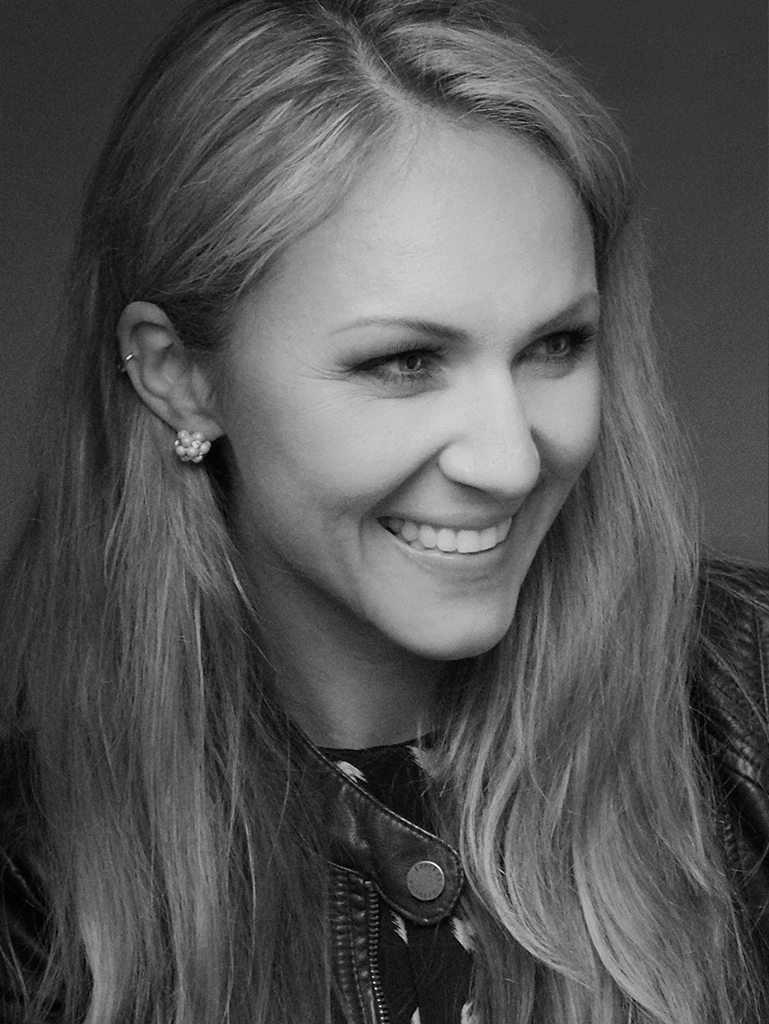
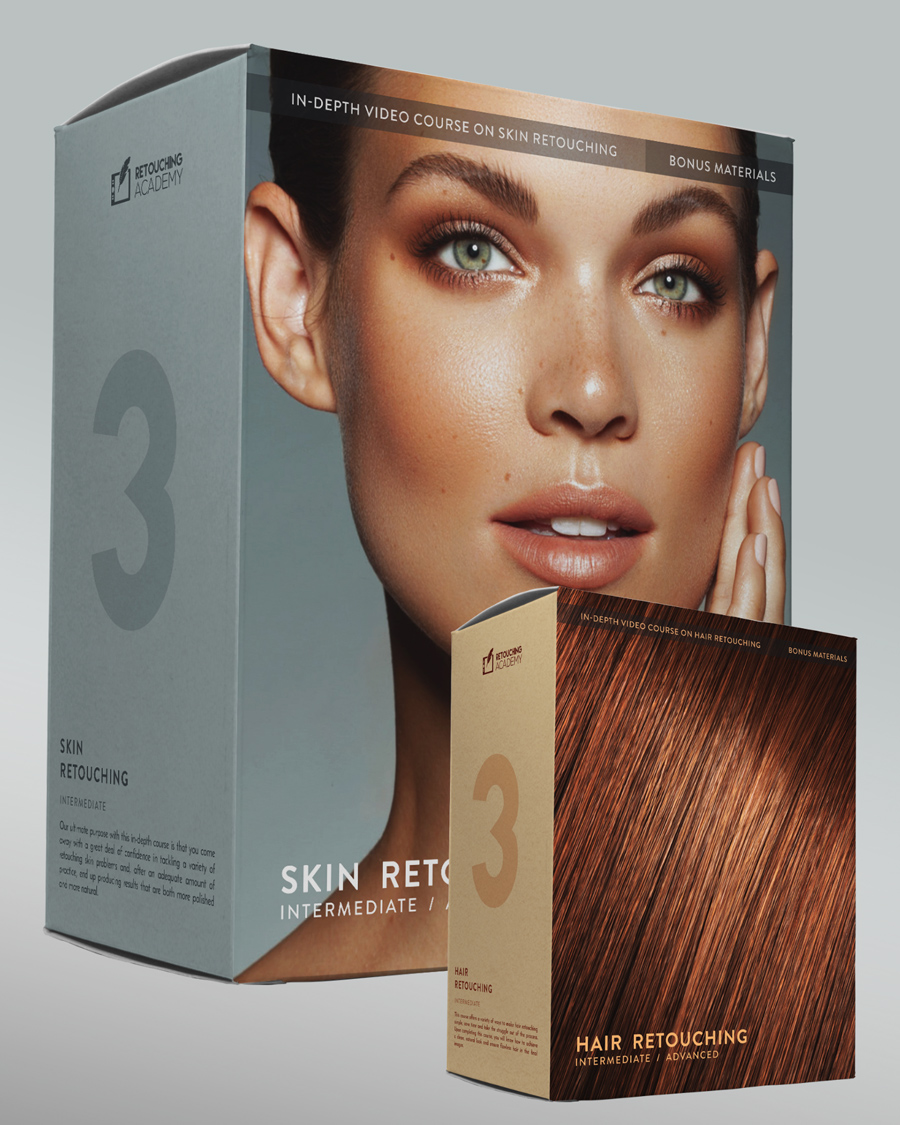
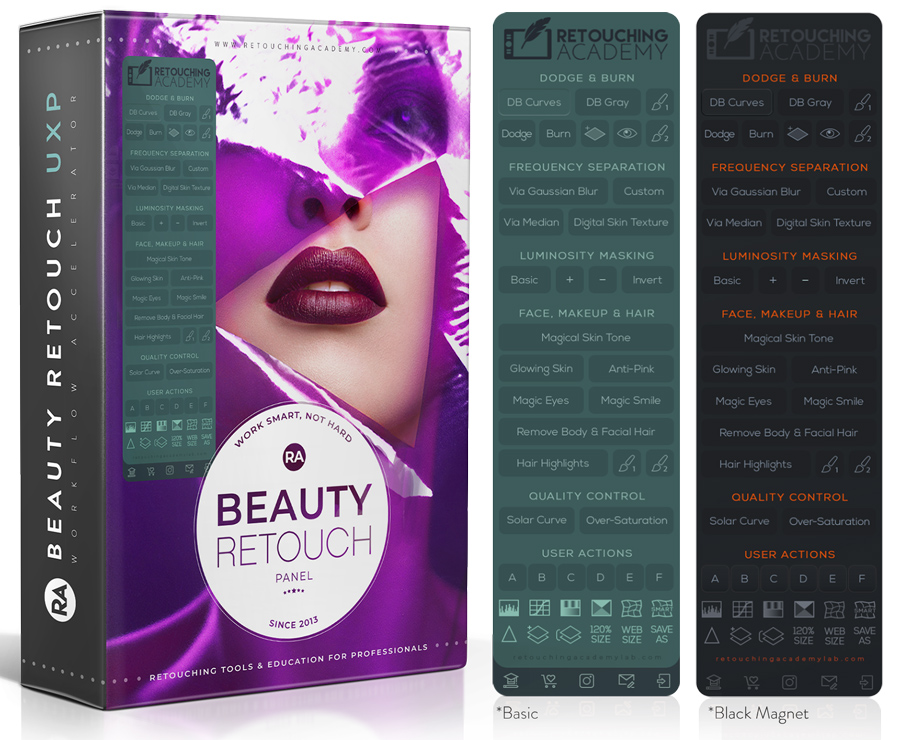
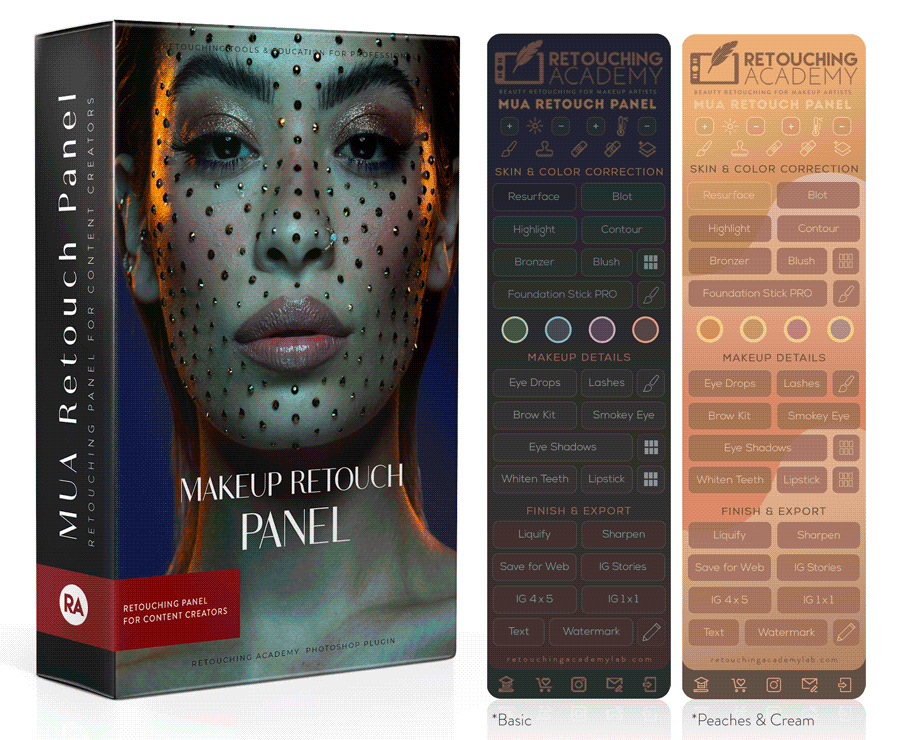


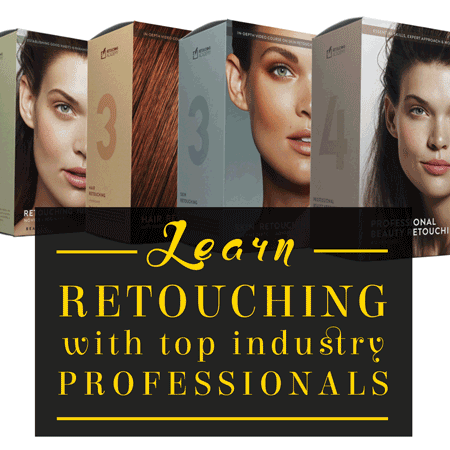
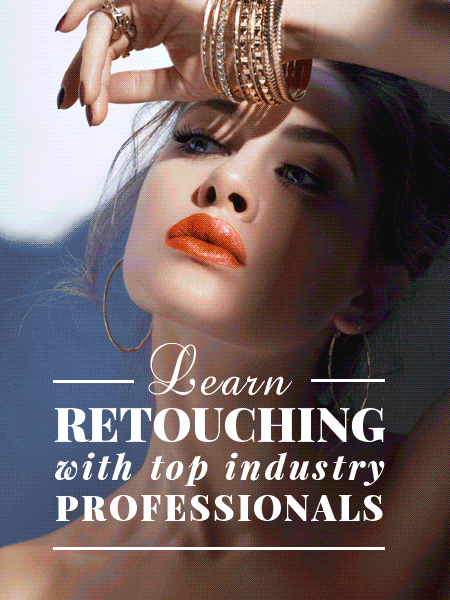
Nice tips! I need to improve my work So I will definitely look into it.
Thank you for sharing 🙏🏻✨
Thank you, Mia! You are an example of an artist who understands the value of adding multiple creative disciplines which complement and elevate one another to their toolbox, making you a much stronger freelancer. Keep it up! 💪🎨